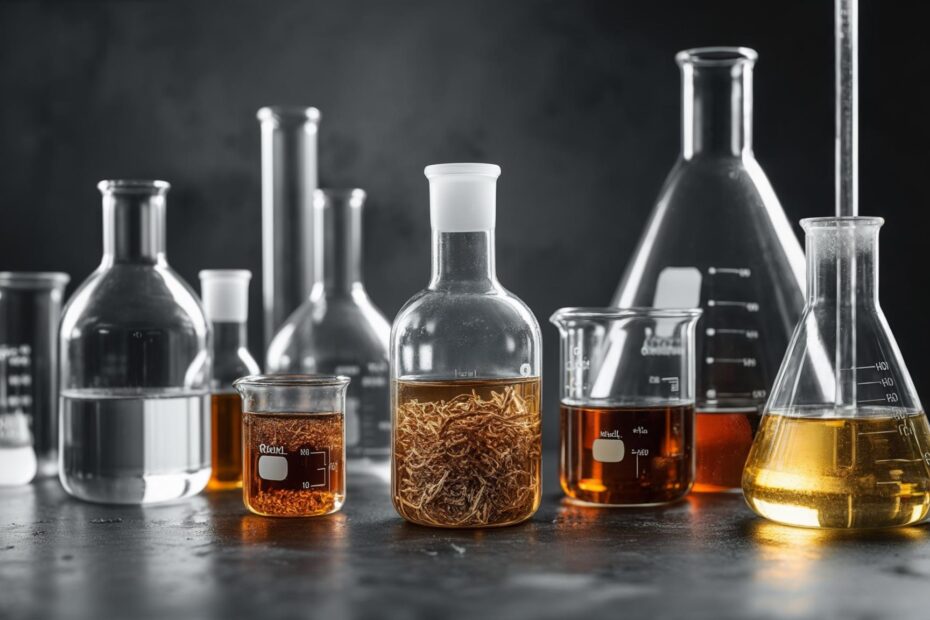Table of Contents
- The Real Story Behind Pharmaceutical-Grade Alcohol
- Why Water Content Makes All the Difference
- Manufacturing Secrets That Drive Up Costs
- Medical Applications That’ll Surprise You
- Quality Control That Puts Other Drugs to Shame
- Storage Nightmares and Regulatory Headaches
- The Economics Behind Limited Supply
- Final Thoughts
TL;DR
- Dehydrated alcohol contains less than 0.5% water compared to regular alcohol’s 5% – and that tiny difference changes everything
- Creating truly “dry” alcohol requires breaking natural chemical limits using equipment that sounds like science fiction
- Injectable-grade versions need sterility levels that would make a space station jealous, which explains the jaw-dropping prices
- Doctors use it for targeted nerve destruction and vascular treatments – basically surgical alternatives that can eliminate chronic pain without opioids
- Only a handful of manufacturers worldwide can produce medical-grade versions, creating supply chain nightmares
- Storage requires more environmental control than most NASA facilities to prevent the alcohol from sucking moisture out of thin air
- International regulatory differences mean products approved in one country might completely fail in another – it’s a compliance maze
The Real Story Behind Pharmaceutical-Grade Alcohol
I’ll be honest – before diving into this topic, I thought alcohol was just alcohol. You distill some stuff, slap a label on it, and call it a day. Boy, was I wrong. Learning about dehydrated alcohol was like thinking all cars are the same until you pop the hood of a Formula 1 race car.
This isn’t the rubbing alcohol you’d find in your medicine cabinet or even the antiseptic stuff hospitals use for cleaning. We’re talking about a precision-engineered pharmaceutical ingredient that’s so specialized, it might as well be made on another planet.
Here’s what blew my mind first: understanding how regular alcohol affects your body helps put dehydrated alcohol’s precision into perspective. Standard alcoholic beverages contain 5% alcohol in beer, 12% in wine, and 40% in distilled spirits, all of which mess with your body’s fluid balance. But dehydrated alcohol at ≥99% purity? That’s operating in a completely different therapeutic universe.
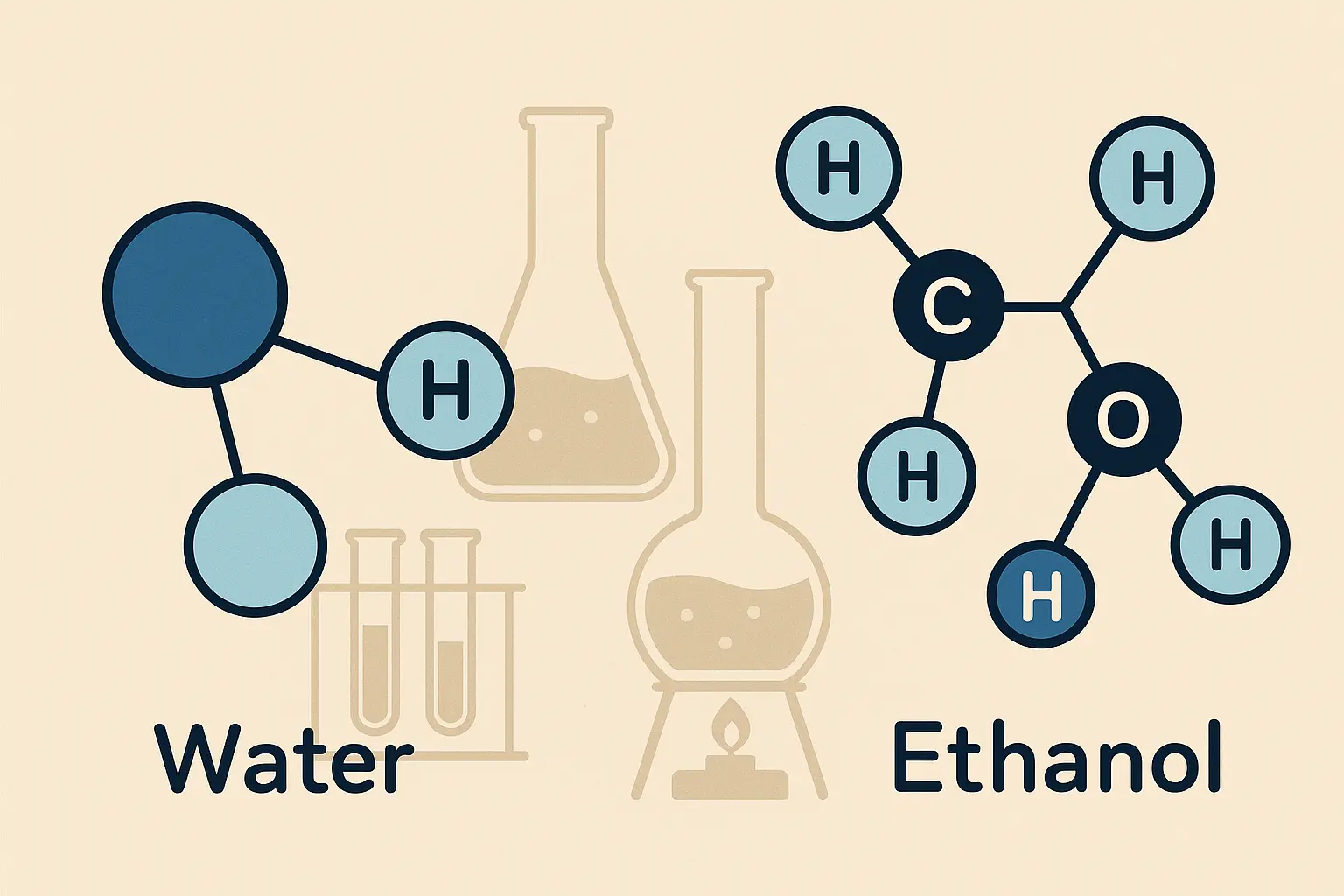
Why That Tiny Water Percentage Changes Everything
Get this: the difference between regular pharmaceutical alcohol at 5% water content and dehydrated alcohol at less than 0.5% water isn’t just about concentration – it literally unlocks completely different medical applications.
It’s like the difference between a garden hose and a laser cutter. Same basic concept (liquid coming out of a thing), but the precision and applications are in totally different leagues. That tiny percentage of water makes or breaks whether certain medical procedures are even possible.
Nature’s Built-In Roadblock
Here’s where things get wild: nature has this thing called an azeotrope that basically puts up a “DO NOT PASS” sign at 95.6% alcohol concentration. No matter how hard you try with regular distillation, you literally cannot get past this point. It’s like hitting an invisible wall that chemistry itself built.
So how do manufacturers break through this natural barrier? They have to use molecular sieves – and I’m not talking about your kitchen strainer here. These are synthetic crystals with pores so tiny they’re measured in angstroms (that’s smaller than you can even imagine). It’s like having a bouncer at a club who can tell the difference between water molecules and alcohol molecules just by size.
| Alcohol Type | Water Content | Production Method | Primary Applications |
|---|---|---|---|
| Standard Pharmaceutical | 5% | Simple distillation | Antiseptic, basic solvent |
| USP Dehydrated | <0.5% | Molecular sieves (fancy crystal magic) | Injectable therapies |
| Absolute Ethanol | <0.1% | Advanced dehydration wizardry | Research, specialized medical |
| Anhydrous | <0.01% | Multiple purification steps | Critical pharmaceutical manufacturing |
Why Water Content Makes All the Difference
When I learned about the quality control requirements for injectable dehydrated alcohol, I literally had to read it three times to believe it. We’re talking about standards that make regular pharmaceutical manufacturing look like a high school chemistry experiment.
The jump from standard pharmaceutical alcohol to dehydrated alcohol injection involves quality control measures that would make a space station engineer nervous. Every single step in this process demands precision that most pharmaceutical products never even dream of requiring.

Sterility That Makes Other Drugs Look Sloppy
Here’s a number that’ll make your head spin: injectable dehydrated alcohol has to achieve what’s called a 10^-6 sterility assurance level. In plain English, that means there’s less than a one-in-a-million chance of contamination in any given unit.
To put that in perspective, you’re more likely to get struck by lightning than to encounter a contaminated vial of properly manufactured dehydrated alcohol. The filtration systems and sterile processing required to achieve this make most pharmaceutical manufacturing look casual.
The Horseshoe Crab Blood Test (I’m Not Making This Up)
Every single batch gets tested using something called limulus amebocyte lysate – which is literally horseshoe crab blood. These ancient creatures have blood that reacts to bacterial toxins, so pharmaceutical companies harvest it to test for contamination.
It sounds like something out of a nature documentary, but it’s happening in sterile labs every day. The endotoxin levels have to stay below 0.5 EU/mL, and this testing step alone can add days to production. One batch fails this test? The entire production run might get scrapped, potentially costing tens of thousands of dollars in a single day.
When One Bad Vial Ruins Everything
Picture this: you’ve got a production run of 1,000 vials. Each one has to pass individual sterility testing, the horseshoe crab blood test, water content verification, and residual solvent analysis. If even ONE vial fails any test, the entire batch might need to be reprocessed or thrown away.
I did some quick math on this – a single failed batch could cost a manufacturer the equivalent of a nice house. No wonder this stuff is expensive.
Container Science That Sounds Made Up
Even the containers are a nightmare. Regular pharmaceutical glass can actually leach compounds into the alcohol over time, so they need special Type I borosilicate glass. And don’t get me started on the rubber stoppers – standard ones will absorb alcohol and mess up the whole formulation.
It’s like every single component has to be custom-engineered specifically for this one product. The attention to detail is honestly impressive and terrifying at the same time.
Quality Control Checklist for Injectable Dehydrated Alcohol (Yes, All of This for Every Batch):
- ☐ Water content verification (<0.5% using equipment that costs more than most cars)
- ☐ Sterility assurance level testing (the one-in-a-million standard)
- ☐ Horseshoe crab blood endotoxin testing (<0.5 EU/mL)
- ☐ Residual solvent analysis (hunting for invisible benzene traces)
- ☐ Container compatibility testing (making sure glass doesn’t contaminate alcohol)
- ☐ Closure integrity verification (even the caps need testing)
- ☐ pH verification (6.5-7.5, because precision matters)
- ☐ Particulate matter inspection (looking for microscopic particles)
- ☐ Label accuracy verification (because mislabeling kills people)
- ☐ Cold chain integrity documentation (temperature tracking from factory to patient)
Manufacturing Secrets That Drive Up Costs
Okay, so here’s where things get really wild. I went down this rabbit hole trying to figure out why dehydrated alcohol costs so much, and honestly? The manufacturing process is like something out of a sci-fi movie.
Most people think making alcohol is pretty straightforward – you know, distill some stuff, boom, you’re done. But dehydrated alcohol? That’s a whole different beast entirely.
Recent regulatory developments show just how challenging this manufacturing really is. “Eton Pharmaceuticals’ dehydrated alcohol injection didn’t pass muster with the FDA, instead receiving a complete response letter (CRL) raising flags” related to chemistry manufacturing and controls according to FiercePharma. Even experienced pharmaceutical companies can’t just jump into dehydrated alcohol manufacturing without serious expertise and investment.
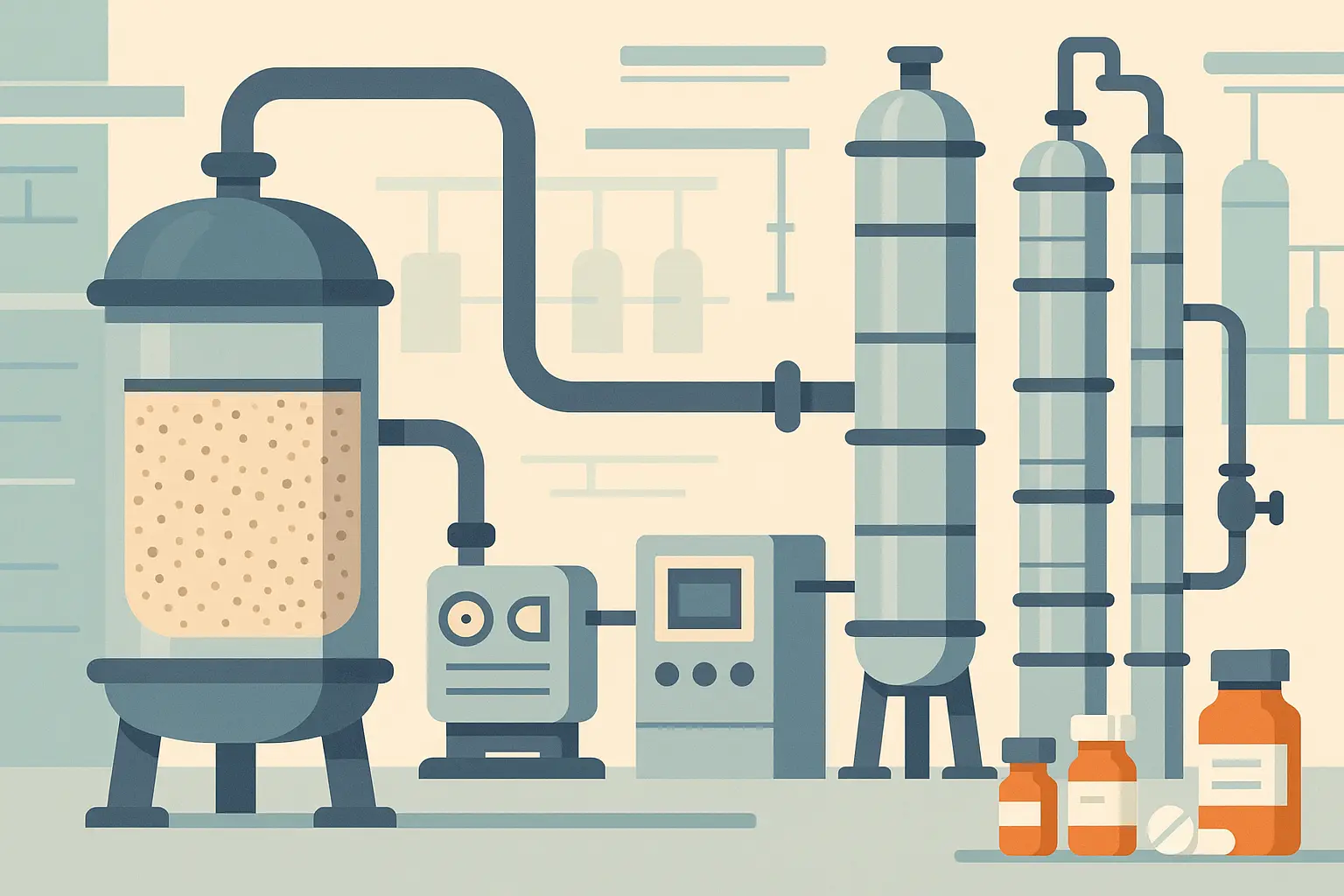
Molecular Sieves: The Magic Crystal Technology
Modern dehydrated alcohol production relies on these things called molecular sieves – essentially synthetic crystals with precisely sized pores that trap water molecules while letting alcohol pass through. We’re talking about Type 3A molecular sieves with 3-angstrom pores here.
To give you some perspective on how tiny that is: if a water molecule was the size of a marble, these pores would be like trying to thread a needle while wearing oven mitts. The engineering precision required to create these crystals consistently is absolutely mind-boggling.
The Energy Bills That’ll Make You Wince
Here’s something nobody talks about: those molecular sieves need to be heated to 350°C every 8-12 hours to keep working. That’s almost 700 degrees Fahrenheit! Imagine running your oven at maximum heat around the clock – your electric bill would be insane, right?
Now multiply that by industrial scale. I started doing some back-of-the-envelope math on this, and the energy costs alone are staggering. We’re talking about facilities that probably have monthly electric bills higher than most people’s annual salaries. And that’s just to keep the dehydration equipment running.
Quality Control That Never Sleeps
The analytical testing for dehydrated alcohol injection exceeds what many life-saving medications require. I’m talking about testing methods that can detect impurities at parts-per-million levels – precision that makes regular pharmaceutical quality control look amateur.
Every batch gets scrutinized with an intensity that would make other pharmaceutical manufacturers break out in a cold sweat. The equipment required for this level of precision? Let’s just say it costs more than most people’s houses.
Water Detection Down to Ridiculous Levels
They use something called Karl Fischer titration to measure water content, and this method can detect water down to 0.001%. To put that in perspective, that’s like being able to detect a single drop of water in an Olympic-sized swimming pool.
The equipment to do this testing costs upwards of $200,000 per unit, and you need multiple backup systems because if your testing equipment goes down, your entire production line stops. A single GC-MS system capable of detecting benzene residues at the required 2 ppm level can add another $50,000 annually just in maintenance and trained technicians.
When you consider that most facilities need multiple backup systems to ensure continuous production, the analytical infrastructure alone represents millions in investment before you even start making product.

Hunting for Invisible Impurities
Residual solvents from the dehydration process, particularly benzene, have to be measured using headspace gas chromatography-mass spectrometry. These techniques can identify and measure impurities that would be completely undetectable using normal methods.
But here’s the kicker: the specialized equipment, maintenance contracts, and highly trained technicians to run all this testing can easily add $100,000+ annually per production line. And that’s just for the testing – not even making the actual product yet.
Medical Applications That’ll Blow Your Mind
When I first started researching this, I thought dehydrated alcohol was just some fancy lab chemical. Then I learned about what doctors actually do with this stuff, and I was genuinely shocked. We’re talking about medical applications that sound like something from the future.
The therapeutic versatility of dehydrated alcohol goes way beyond what most people imagine when they think of alcohol in medical settings. Some of these applications literally change lives in ways that seem almost too good to be true.
The market numbers back this up too. “Dehydrated alcohol injection had a market value of approximately $71 million for the 12 months ending in March 2022” according to Drug Store News. That’s a lot of money for what most people would consider a simple chemical – until you understand what it actually does.
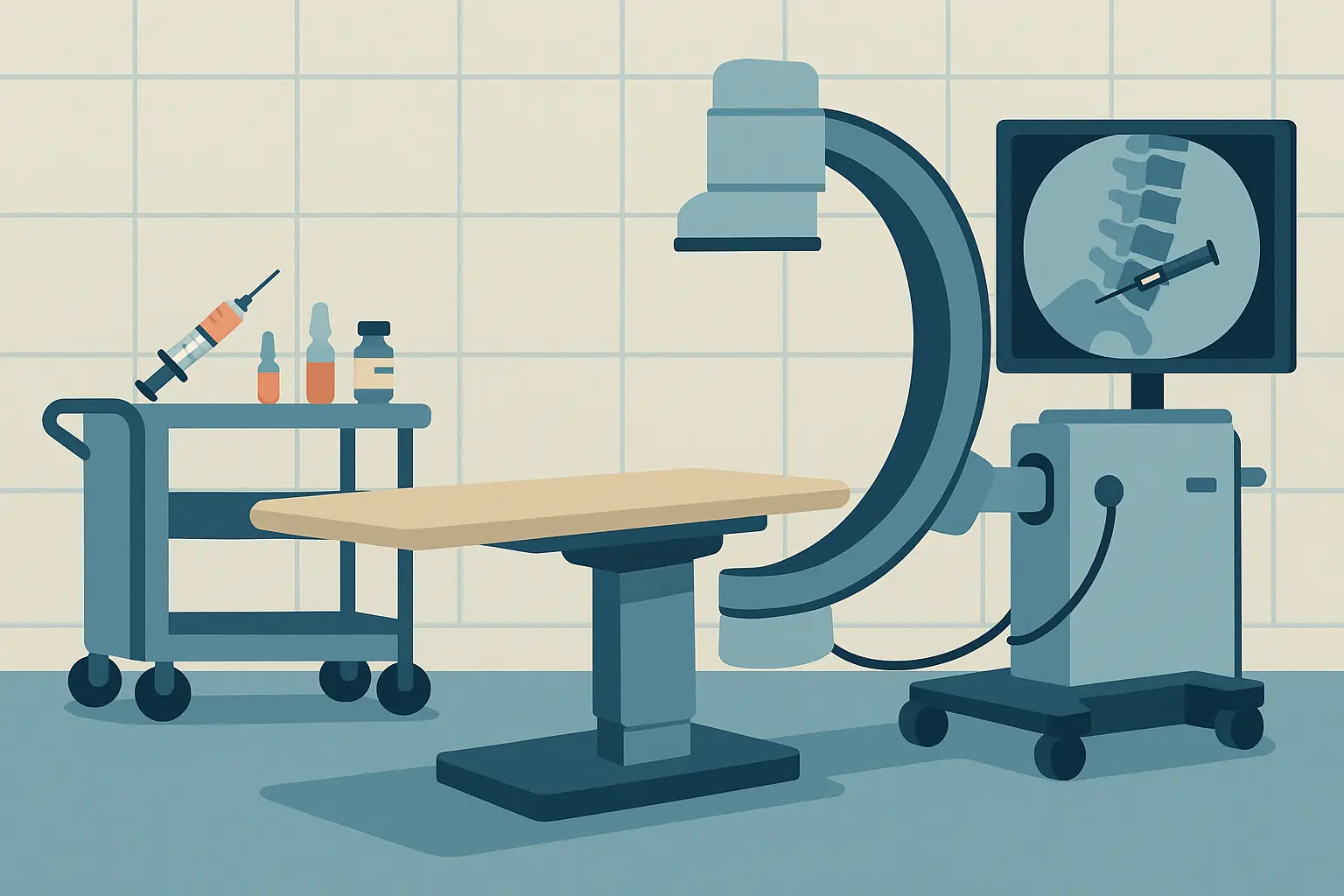
Pain Management That Changes Everything
Picture this: you’re dealing with chronic pain from pancreatic cancer. Your options used to be heavy-duty opioids that leave you foggy and dependent, or just… suffering. But with dehydrated alcohol injections, doctors can literally target the specific nerves causing your pain and shut them down for 6-12 months at a time.
It’s like having a sniper rifle instead of dropping a bomb. Instead of flooding your whole system with pain medication that affects everything, they can just eliminate the pain at its source. For families dealing with cancer, this isn’t just a medical breakthrough – it’s getting their loved one back for precious time.
The Pancreatic Cancer Game-Changer
Dehydrated alcohol injection into something called the celiac plexus can provide 6-12 months of pain relief for pancreatic cancer patients. Here’s what’s remarkable: this single procedure can often eliminate the need for opioid medications entirely.
Think about what that means for a family watching their loved one battle cancer. Instead of seeing them struggle with both cancer pain AND the fog and complications of heavy pain medications, they get their person back – alert, present, and pain-free. It’s honestly life-changing.
When Destroying Nerves Is Actually Healing
This one really got to me: for people with trigeminal neuralgia (imagine having lightning bolts of pain shooting through your face randomly), sometimes the only solution is to permanently destroy the problematic nerve. And dehydrated alcohol is often the weapon of choice.
The precision required here is mind-boggling. We’re talking about surgeons who need to target specific nerve branches while avoiding everything else around them. One tiny mistake and you could cause permanent damage to the wrong area. The skill level required is just incredible.
Beyond Basic Vein Treatments
The applications of dehydrated alcohol go way beyond the varicose vein treatments most people think of when they hear “sclerotherapy.” We’re talking about treatments that can literally be life-saving for patients with dangerous blood vessel abnormalities.
I had no idea that alcohol could be used to treat such serious, potentially fatal conditions until I started researching this topic. Some of these applications sound like medical miracles.

Eliminating Dangerous Blood Vessel Time Bombs
Arteriovenous malformations (AVMs) are basically tangled blood vessels that can be fatal if they rupture. When they’re in locations that make surgery too dangerous, doctors can use dehydrated alcohol sclerotherapy to essentially dissolve them from the inside.
These procedures require precise imaging guidance to prevent tissue death, but they offer hope for patients who previously had no treatment options. We’re talking about conditions that can kill you if left untreated, making dehydrated alcohol a genuine lifesaver in certain situations.
Treating Kids Without Major Surgery
Here’s something that really hit home for me: they use this stuff to treat cystic lymphatic malformations in children. These are basically abnormal fluid-filled spaces that can be dangerous if left untreated.
Before dehydrated alcohol, the main option was major surgery on a child. Now? They can often treat these conditions with minimally invasive procedures. As a parent, I can’t imagine how relieved families must feel when they learn they might not have to put their kid through major surgery.
| Medical Application | Concentration Used | How Long It Lasts | Success Rate | What It Replaces |
|---|---|---|---|---|
| Celiac Plexus Block (cancer pain) | 50-100% | 6-12 months | 85-90% | Heavy opioid therapy, major surgery |
| Trigeminal Neuralgia | 95-100% | 12-24 months | 80-95% | Glycerol injections, gamma knife surgery |
| AVM Sclerotherapy | 95-100% | Permanent | 70-85% | Risky surgical removal, embolization |
| Lymphatic Malformations | 95-100% | Permanent | 75-90% | Major surgical excision, laser therapy |
Quality Control That Puts Other Drugs to Shame
The regulatory maze for dehydrated alcohol is honestly insane. Different countries have different standards, different testing methods, and different acceptance criteria – and products that pass with flying colors in one place might completely fail in another, despite being made exactly the same way.
I was amazed by how complex this regulatory landscape is for manufacturers trying to serve international markets. It’s like playing a game where the rules change depending on which country you’re in, and getting it wrong can cost millions.

When FDA and Europe Can’t Agree
Here’s a perfect example of regulatory insanity: both the FDA and European Medicines Agency require similar purity levels, but their testing methods are different enough that companies basically have to run parallel quality control systems.
The FDA is cool with Karl Fischer titration as the main water content test, while European regulators want additional gas chromatography data to back it up. This seemingly small difference effectively doubles testing costs for companies wanting to sell in both markets.
Testing Method Chaos That Doubles Costs
A pharmaceutical company trying to sell dehydrated alcohol in both US and European markets has to maintain completely separate testing protocols. While the US accepts certain endotoxin testing methods, Europe might require additional validation using their own standards.
This dual testing requirement can add 3-5 days to each batch release cycle and increase testing costs by 40-60%. When you’re already dealing with expensive, specialized manufacturing, these regulatory differences can make or break profitability.
The Harmonization Gap That Costs Millions
Subtle differences in testing protocols between regions can result in the same exact product being approved in one area while failing acceptance criteria in another. These gaps create real headaches for manufacturers and ultimately drive up costs for everyone.
It’s like having to take two different driver’s tests to drive the same car in neighboring states – except each test costs hundreds of thousands of dollars and takes months to complete.
Tropical Climate Storage Nightmares
Developing pharmaceutical markets often lack the infrastructure to properly handle dehydrated alcohol, creating challenges that can triple logistics costs. The specialized storage requirements that work fine in temperate climates become major obstacles in high-humidity environments.
Maintaining dehydrated alcohol stability in tropical climates requires specialized packaging and distribution protocols that most pharmaceutical supply chains aren’t equipped to handle. The cold chain requirements become exponentially more complex when you’re dealing with environments where basic humidity control is already a challenge.
Storage Nightmares and Regulatory Headaches
Okay, so you’ve spent a fortune manufacturing this ultra-pure alcohol. Now you have to store it without it turning back into regular alcohol. Sounds simple, right? Wrong. So very, very wrong.
This stuff is like a moisture magnet on steroids. It will literally suck water out of the air through sealed containers over time. I learned that proper storage requires keeping humidity below 10% – that’s drier than most deserts.
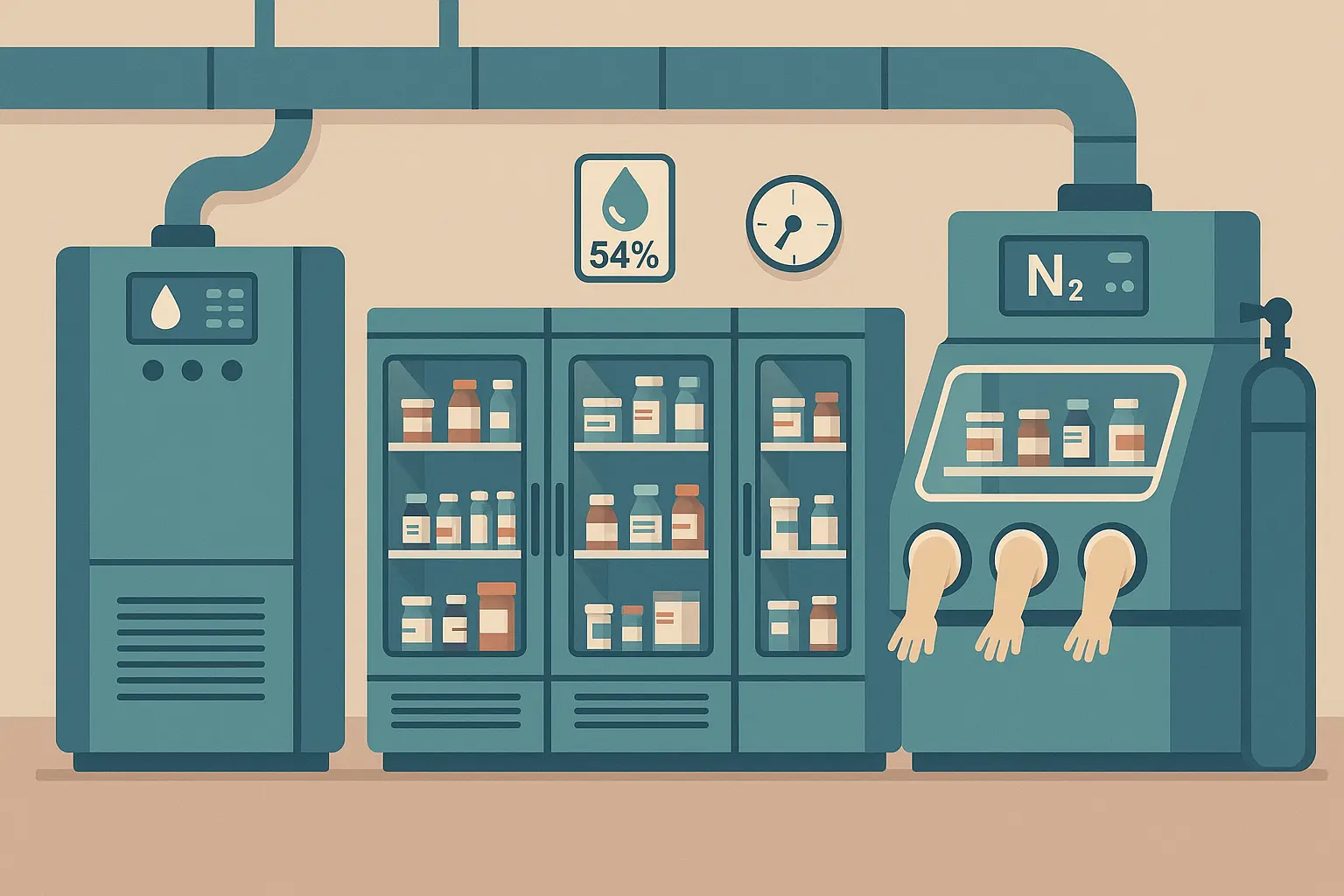
Environmental Control Beyond NASA Standards
Maintaining dehydrated alcohol integrity requires environmental controls that would make a space station engineer jealous. Professional storage facilities use integrated desiccant chambers and multi-layered protection strategies that cost more to operate than most people’s entire annual budgets.
The level of environmental control required here exceeds what most life-saving pharmaceuticals need. Dehydrated alcohol demands constant vigilance against moisture infiltration that can happen even through supposedly “sealed” containers.
When You Need Outer Space Storage Conditions
For critical applications, they actually store this stuff under nitrogen atmosphere. Basically, they have to create an environment more controlled than some NASA facilities just to keep the alcohol from degrading.
This prevents both moisture absorption and oxidation reactions that can create dangerous impurities. The infrastructure required for nitrogen blanketing adds another layer of complexity and cost that eventually gets passed down to patients and healthcare systems.
Storage Requirements That Sound Ridiculous But Are Actually Necessary:
- ☐ Temperature maintained at 15-30°C (sounds normal, but requires backup systems)
- ☐ Relative humidity below 10% (drier than the Sahara Desert)
- ☐ Nitrogen atmosphere for long-term storage (basically space station conditions)
- ☐ Type I borosilicate glass containers (regular glass contaminates the alcohol)
- ☐ Fluoropolymer-coated closures (rubber stoppers absorb alcohol)
- ☐ Continuous monitoring systems (24/7 environmental tracking)
- ☐ Emergency backup power (power outages can ruin entire inventories)
- ☐ Personnel access controls (human breath contains moisture)
- ☐ Documentation protocols (regulatory requirements for everything)
- ☐ Regular stability testing (proving the storage is actually working)
Container Science That Sounds Made Up
The choice of storage container directly impacts whether your expensive dehydrated alcohol stays effective or turns into expensive regular alcohol. While aluminum provides better moisture barriers, it can actually cause the alcohol to oxidize and create dangerous byproducts.
So they’re stuck using borosilicate glass, which provides better chemical compatibility but allows more moisture penetration over time. It’s like choosing between two bad options and hoping for the best.
Closure Engineering That Most People Never Consider
Standard rubber stoppers can absorb up to 0.3% of their weight in alcohol, which doesn’t sound like much until you realize that this can completely change the concentration of your precisely formulated medication.
This requires specialized fluoropolymer-coated closures that cost significantly more than standard pharmaceutical closures. These seemingly minor details can make the difference between effective treatment and expensive failure.
The Economics Behind Limited Supply
Here’s the part that really opened my eyes: only a handful of companies worldwide can actually make medical-grade dehydrated alcohol. We’re talking about maybe 5-10 manufacturers for the entire global supply of a critical medical treatment.
Think about that for a second. If one of these facilities has a problem – equipment failure, regulatory issue, contamination event, whatever – it can affect the global supply of treatments that can eliminate chronic pain and save lives. It’s like having only a few companies in the world that can make insulin.
The competitive landscape is slowly evolving. “Breckenridge has obtained permission from the Food and Drug Administration for its dehydrated alcohol injection, 5 ml of ≥ 99% by volume ethyl alcohol single-dose vials” according to Drug Store News, making them one of the first companies to offer a generic alternative to the brand name Ablysinol.

The Oligopoly Effect in Action
FDA registration requirements for sterile injectable products create massive barriers to new companies trying to enter this market. These aren’t just bureaucratic hurdles – we’re talking about investments in the tens of millions of dollars just to get approved, with no guarantee of success.
The result is a market where dehydrated alcohol pricing reflects limited competition rather than actual production costs. When there are only a few players capable of meeting regulatory requirements, market forces work very differently than in competitive industries.
Strategic Stockpiling Dilemmas
Hospitals and compounding pharmacies are stuck in this impossible situation: they need to keep enough dehydrated alcohol on hand for emergencies and routine procedures, but the stuff is expensive and requires specialized storage.
Many facilities end up keeping 90-day supplies, which ties up huge amounts of capital in a product that requires constant environmental monitoring and has limited shelf life. It’s like being forced to keep three months’ worth of luxury cars in your garage, just in case you need them.
Understanding how regular alcohol affects the body helps explain why the dehydrated versions require such careful handling. Research published in JAMA Internal Medicine confirms that “the ingestion of alcohol is followed by a substantial diuresis” and “if sufficient alcohol is ingested, the diuresis occurs at the expense of all cellular components, and dehydration ensues”, highlighting why precise dosing and purity are absolutely critical in medical applications.

Have you ever wondered why certain medical treatments seem so ridiculously expensive? The dehydrated alcohol story reveals how specialized manufacturing requirements, regulatory complexity, and limited supplier bases can create pricing that seems completely disconnected from what the raw materials actually cost.
For healthcare providers looking to optimize their injectable therapy programs, understanding these supply chain realities becomes crucial for both cost management and ensuring patients can actually get the treatments they need. Companies like Enov.one have recognized these challenges and work with FDA-audited facilities to ensure consistent access to high-quality injectable therapies, including NAD+, Glutathione, and B12 formulations that require similar precision in manufacturing and handling.
Final Thoughts
Look, I’ll be honest – when I started researching dehydrated alcohol, I expected to find some pharmaceutical company price gouging story. What I found instead was a perfect storm of scientific complexity, regulatory requirements, and manufacturing challenges that actually justify the high costs.
This stuff enables medical treatments that can literally save lives and eliminate suffering in ways that weren’t possible before. When you understand that a single injection can replace months of opioid therapy, or that it can treat dangerous vascular conditions without major surgery, the cost equation starts to make sense.
What strikes me most is how this specialized ingredient represents the incredible complexity hidden behind seemingly simple medical treatments. The precision required in manufacturing, the sophisticated quality control measures, and the NASA-level storage requirements all contribute to a product that represents the pinnacle of pharmaceutical engineering.
For anyone involved in healthcare delivery or pharmaceutical supply chains, understanding these realities helps explain why certain treatments cost what they do and why maintaining reliable supplier relationships is so critical. The next time you encounter premium pricing for specialized medical treatments, remember that there’s often incredible science, engineering complexity, and horseshoe crab blood testing behind that price tag.
The high costs and supply chain complexities suddenly make sense when you understand the life-changing applications. From eliminating chronic pain without opioids to treating dangerous vascular malformations without major surgery, dehydrated alcohol opens doors to medical interventions that can dramatically improve patients’ lives.
If you’re exploring injectable therapies for longevity and wellness, consider working with providers who understand and respect these quality standards. The difference between pharmaceutical-grade precision and “close enough” can literally be the difference between effective treatment and wasted money – or worse. Enov.one’s commitment to FDA-audited facilities and pharmaceutical-grade ingredients ensures you’re getting the same level of precision and safety that goes into specialized treatments like dehydrated alcohol injections. Ready to experience personalized injectable therapy with pharmaceutical-grade quality? Start your consultation today.
